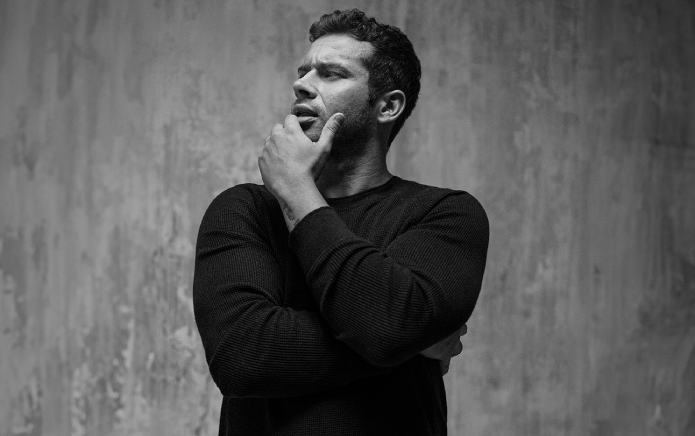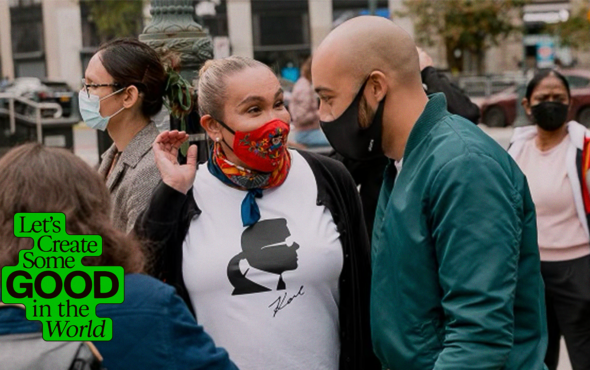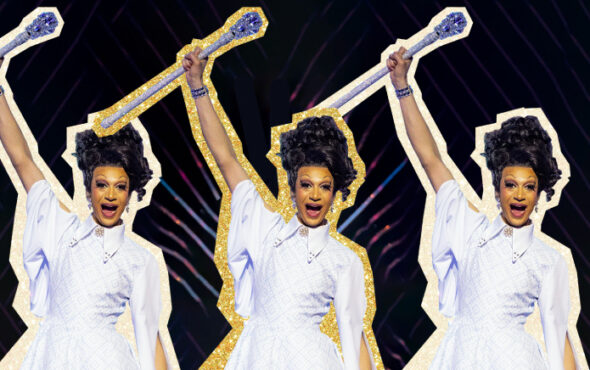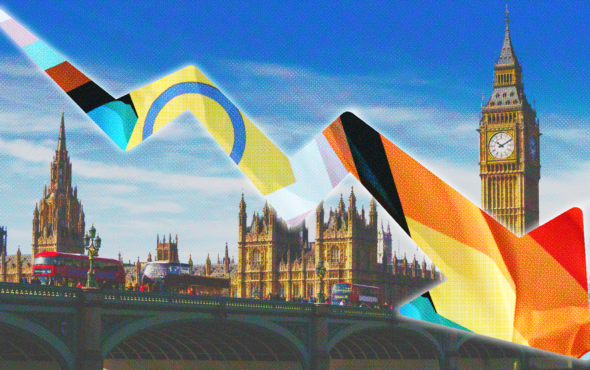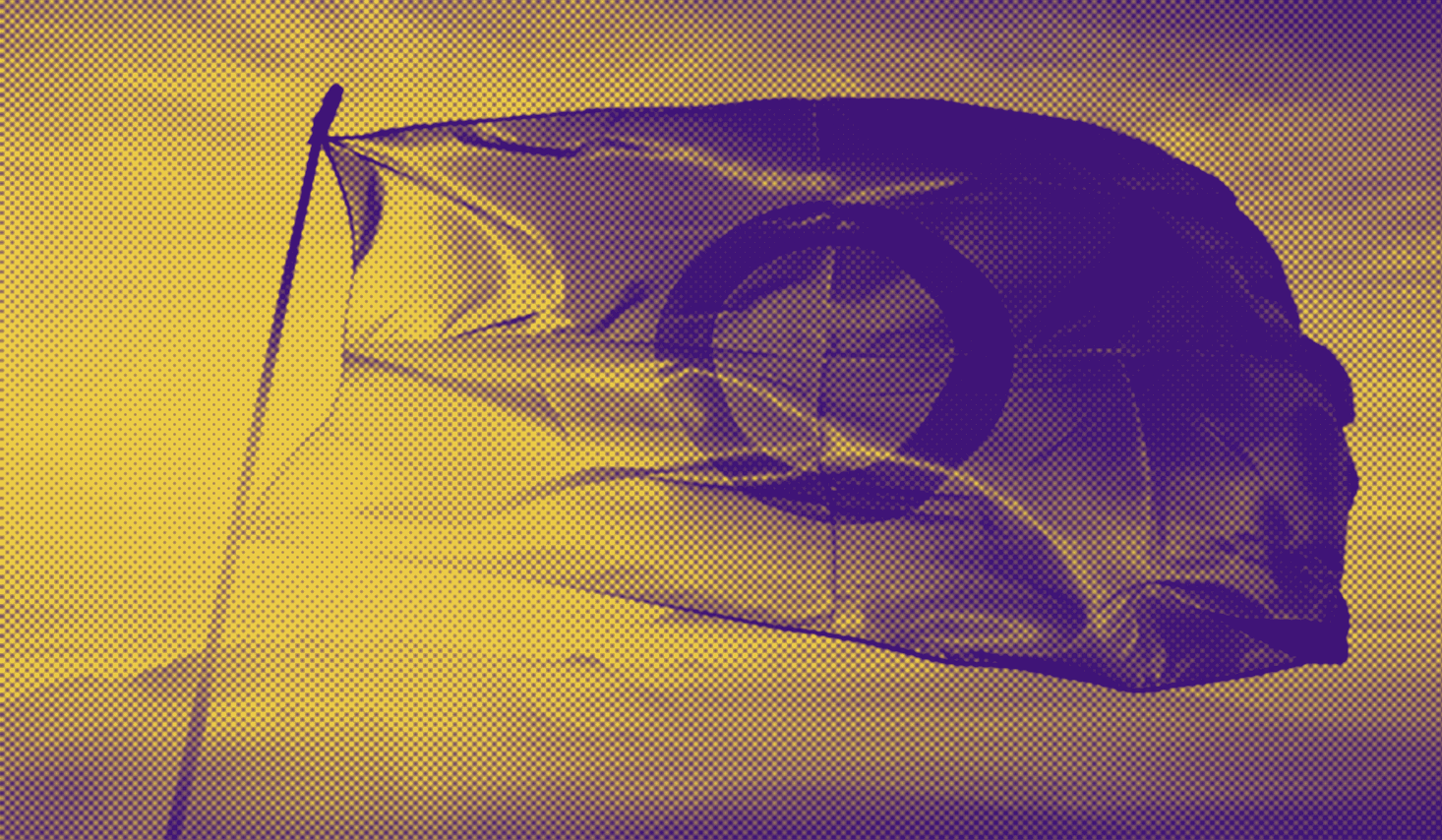
As Pride events take place across the UK this summer, I decided to speak to a diverse range of people about their LGBTQ+ identities. It has been great learning from intersex people. Dani Coyle is an intersex artist and leading campaigner.
I began by asking about Dani’s coming out journey?
I was told by a doctor that I was intersex at 14, but I knew I was different for years before then. My body started changing in unexpected ways when I went through puberty – my voice got lower, I never grew any armpit hair and I never started my period. At the time, I was – understandably – devastated. I wanted nothing more than to accept the “normalizing” surgeries offered to me and never talk about them again. Projected and internalised denial, shame and stigma prevented me from loving, being comfortable with, or seeing the beauty in my queer body. It was like this for many years, until finally I decided to speak out about my experience.
Was there a turning point?
I came out in 2019 by way of a personal essay in i-D Germany. I had been living in Berlin for around two years and surrounded myself with a group of incredible queer artists, creatives, thinkers, writers, and makers who helped me find the beauty in, rather than in spite of, my corporeal queerness. Since then, I’ve never looked back! Now, I use my platform, voice and visibility to advocate for intersex awareness, equality and joy under the pseudonym @inter_sexy.
For any of our readers who don’t know, can you tell us what intersex means?
Intersex is an umbrella term that refers to people who have one or more of a range of variations in sex characteristics that fall outside of traditional conceptions of male or female bodies. For example, intersex people may have variations in their chromosomes, genitals, or internal organs like testes or ovaries. Some intersex characteristics are identified at birth, while other people may not discover they have intersex traits until puberty or later in life. People with intersex traits have always existed, but there is more awareness now about the diversity of human bodies. We are more common than you might think! Experts estimate that as many as 1.7 per cent of people are born with intersex traits – that’s over one million intersex people in the UK alone!
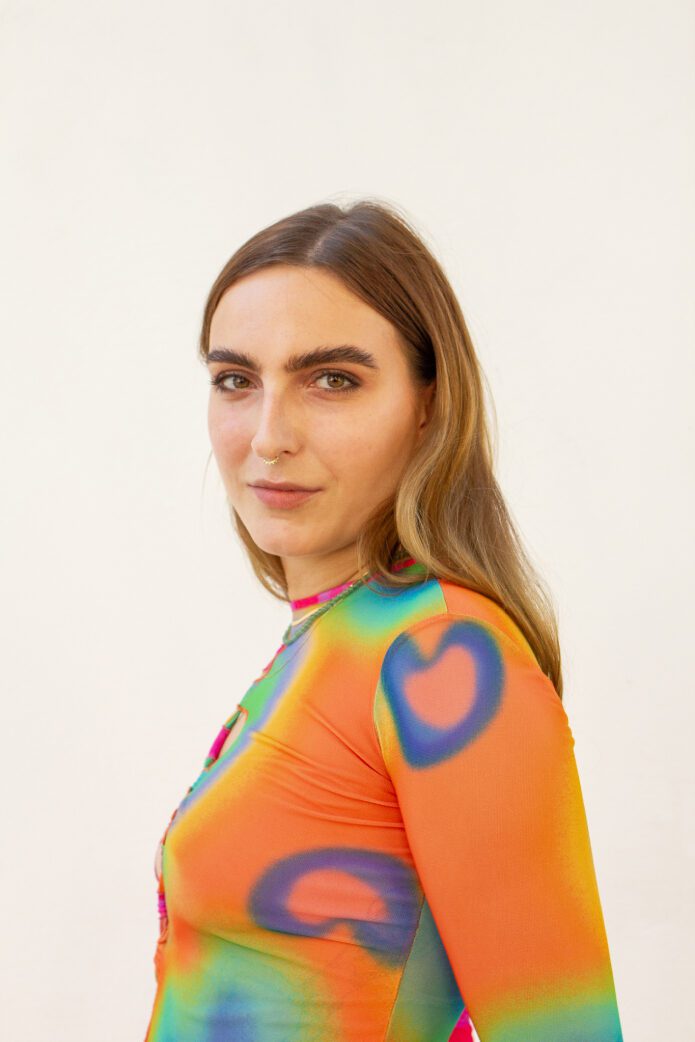
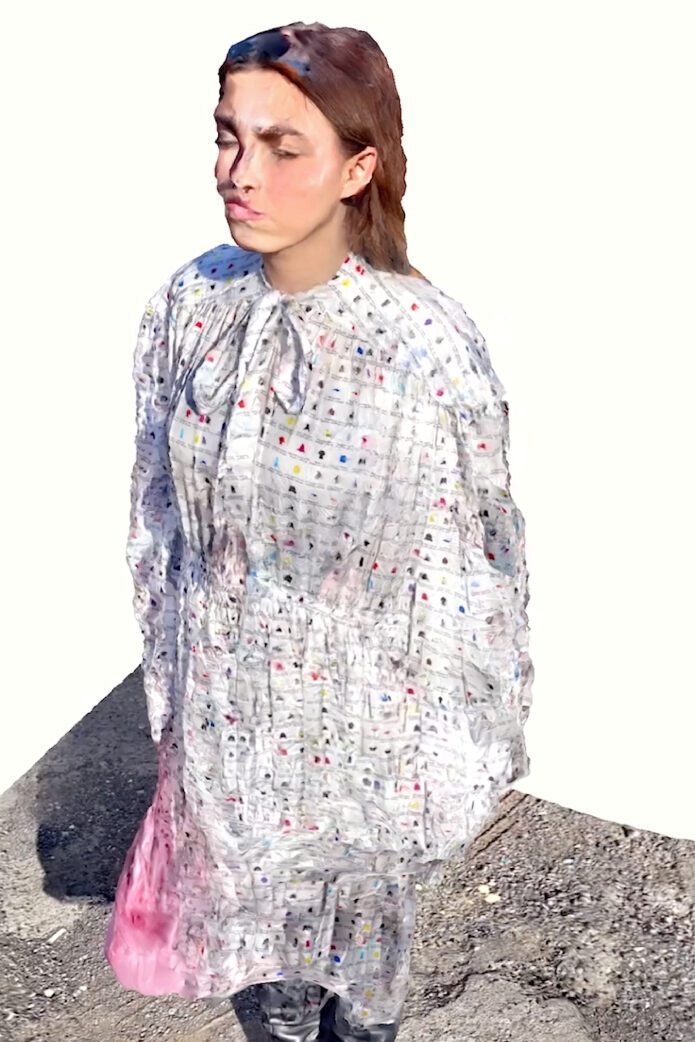
Do you think there is adequate representation of intersex people in the media?
No – I don’t think there is adequate representation of intersex people within our own LGBTIQA+ movements, let alone mainstream media! I feel like there has been a huge shift in the right direction this year thanks to Valentino Vecchietti’s Intersex-Inclusive Pride Flag. As a symbol, it’s given us something to rally behind, while valorising our presence within Pride and the wider LGBTIQA+ community. In comparison to the gay rights movement, the intersex rights movement is still in its infancy – there is a long way to go! I created my own podcast series, Inter_view, to help combat this lack of inter voices in cultural and media spaces.
What are the most significant issues facing intersex people now?
As a community, we are still wildly mistreated, misunderstood, and misrepresented. Intersex folk are still not recognised in the UK census, the Equality Act 2010, nor, like our trans and non-binary siblings, the ban on conversion therapy. Intersex genital mutilation is still happening today all over the country. Shame and stigma are preventing many from living their lives, and existing in their bodies, in the ways that feel most authentic to them. We are being systematically erased – historically, surgically, chemically and socially. We need allies to help us fight this erasure – to ensure we are seen, heard and valued, both in and out of the LGBTIQA+ community.
Do you have a short message for people attending Pride events?
Fly the Intersex-Inclusive flag, champion intersex people at Pride events, and have fun!
